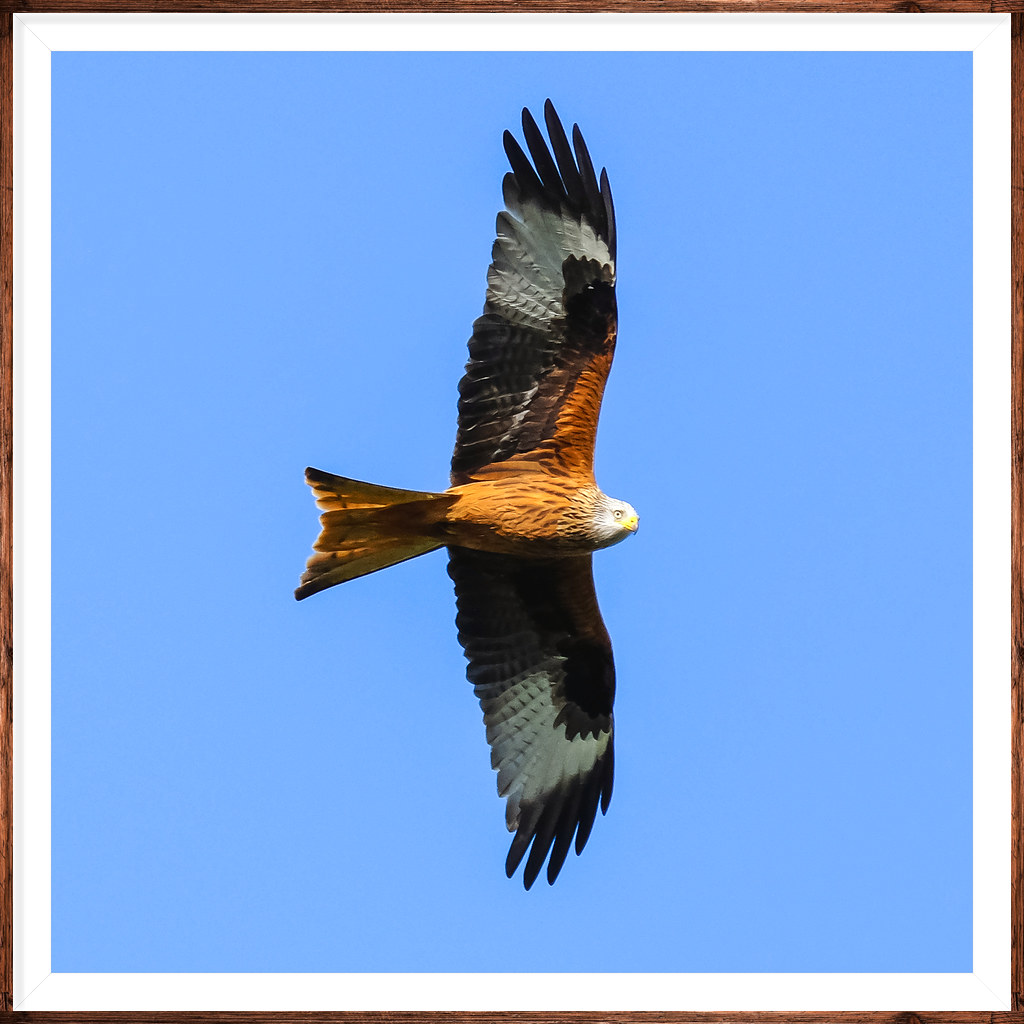#east anglia
Text
Fun Facts. 100% verified.
To his close friends, Vlad the Impaler was known as “Palesie”.
Due to a clerical error, the National Book Award was once given to Jonathan Taylor Thomas.
As per his wishes, Marlon Brando’s ashes were scattered in the parking lot of an Olive Garden restaurant in Orlando.
In Boston, the most common movie snack is a bowl of mashed potatoes.
Scientists from East Anglia University approved a motion to rename the Tropic of Cancer “The Tropic of Psoriasis”.

79 notes
·
View notes
Text

Wolf Guarding the Head of St Edmund
by Doris Clare Zinkeisen
#st edmund#martyr#art#wolf#east anglia#anglo saxons#anglo saxon#english#saint#history#wolves#vikings#england#martyrs#patron saint#christianity#christian#arrow#arrows#doris zinkeisen
159 notes
·
View notes
Video
RED KITE MILVUS MILVUS - North Norfolk.. by Adam Swaine
Via Flickr:
The red kite is a scavenger bird that was once very rare across the UK and even became extinct in Scotland in the 19th century. Red kites have several characteristics that make them easy to identify. These large birds of prey have a rusty brown body with grey and silver markings on their head. They have long angular wings in the same colour as their body but with darker markings at the tips. When fully extended in flight their wingspan can reach up to a massive 5-6ft depending on the size of the bird. Wings appear to bend backwards in flight and their long tail becomes forked, giving it a triangular appearance.
#red kites#raptors#RSPB#Birds#Bird#birds of prey#england#english#english birds#britain#british#british birds#wildlife#wild#animals#nature lovers#nature#natures finest#nature watcher#norfolk#norfolk villages#NORTH NORFOLK#EAST ANGLIA#ringstead#uk#uk counties#counties#countryside#walks#Adam Swaine
24 notes
·
View notes
Text

Pretty as a postcard: Rose Cottage in Houghton, Cambridgeshire
#Rose Cottage#Houghton#Cambridgeshire#East Anglia#UK#thatched roof#English cottages#climbing roses#rural britain
181 notes
·
View notes
Text








Catherine, Duchess of Cambridge during a visit to The Treehouse in Ipswich, eastern England, on March 19, 2012.
#kate middleton#duchess of cambridge#royal visit#2012#british royal family#royal family#royal style#british royal fandom#east anglia#hospital
45 notes
·
View notes
Photo
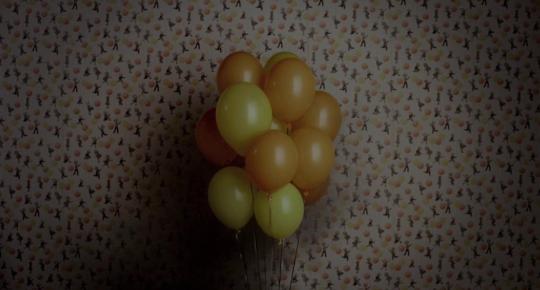

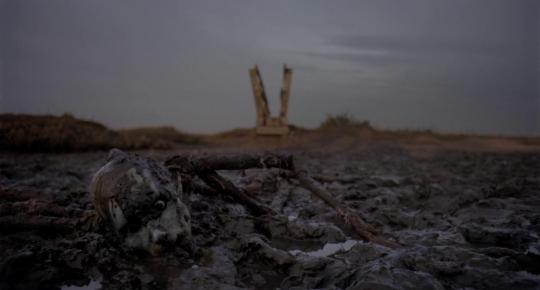






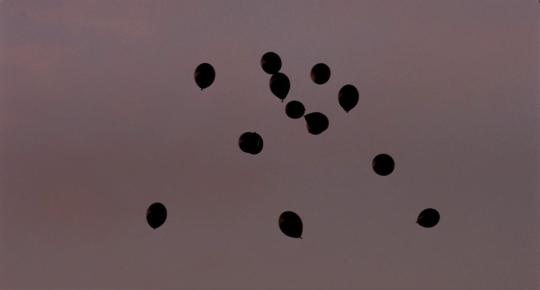
‘Can you spy him deep within? Little Possum, black as sin. Bag is open, growing wider. What's inside it, man or spider? Little boy, don't lose your way. Possum wants to come and play.’
Possum (2018)
#possum#2018#sean harris#matthew holness#horror#norfolk#british#east anglia#surrealism#psychological horror#cinematography#thriller#film#british horror#england#engish
128 notes
·
View notes
Text
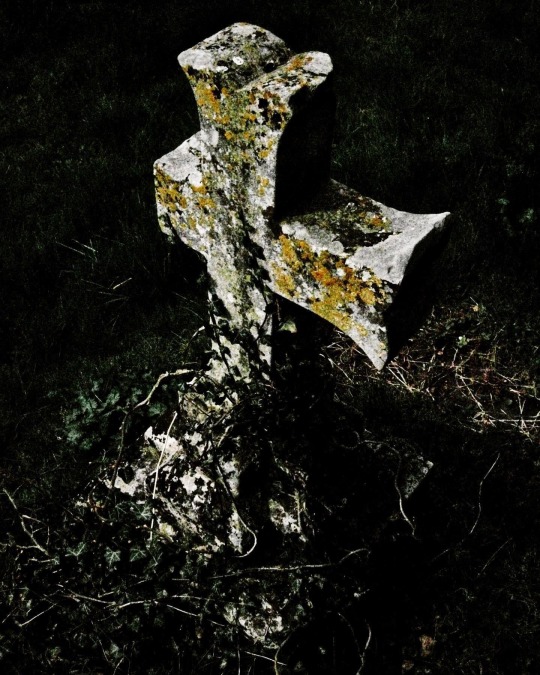
The Cross, Ixworth, Suffolk, England
#photography#architecture#urbex#cemetery photography#cemetery#graveyard#grave marker#gravestone#burial ground#gothic#churchyard#forgotten places#landscape photography#landscape#suffolk#england#uk#great britain#east anglia#crucifixion#decay#urbexeurope#urbexexploration#urbexdecay#urbexphotography#rural exploration#rural gothic#rural photography#rural landscape#rural decay
11 notes
·
View notes
Text
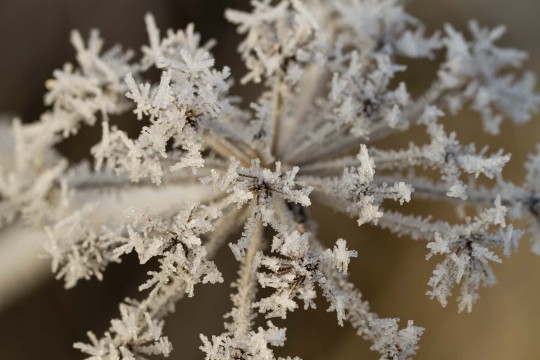



Wicken Fen (2) (3) (4) by Maurice Biggins
4 notes
·
View notes
Text
16th January
St Sigebert’s Day/ Old Twelfth Night
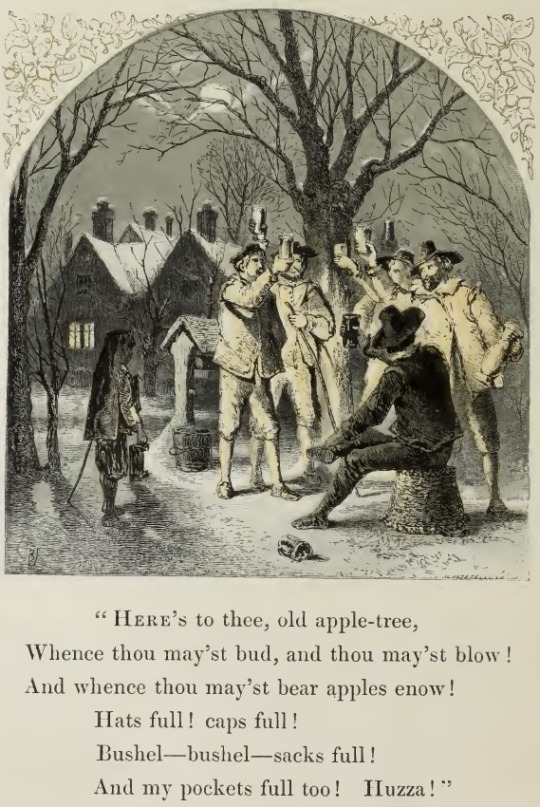
Source: UCANR website
Today is St Sigebert’s Day. Sigebert was another Anglo-Saxon king who renounced his throne in favour of the monastic life. However, when the fearsome pagan king of Mercia, Penda, attacked Sigebert’s former realm of East Anglia, his ex-subjects persuaded him to come out of retirement in order to save them from the pagan’s wrath. Remaining true to his vows, Sigebert agreed to resume his throne, but insisted he be armed with a wooden sword and so avoid taking a human life in battle. Unfortunately for the pacific Sigebert and his East Anglians, Penda’s Mercians destroyed his army, conferring immediate martyrdom on the holy king, as well as sainthood.
Today is also Old Twelfth Night, being the last night of Christmas according to the old calendar. For that reason apple wassailing continued on the night of the 16th for over 200 years after the date of Epiphany Eve moved to 5th January. On this night men would gather by firelight in orchards to toast the apple trees with cider and to wish the spirits of the trees a Happy New Year and exhort them to allow their trees a bountiful late summer harvest. A typical verse sung by the wassailers was:
Old Apple Tree we wassail thee and hope that thou wilt bear,
For Lord doth know where we shall be till apples come another year.
Although the Old Twelfth Night wassailing tradition died out in the early twentieth century, it was revived in the 1980s and enthusiastic wassailing now takes place in the orchards of Much Marcle near Ledbury in Hereford and Worcester; Norton Fitzwarren outside Taunton in Somerset and Carhampton, also in Somerset. Amazingly, the revivals were sponsored and funded by cider makers Westons, and Taunton Cider.
#english traditions#st Sigebert#penda of mercia#east anglia#Apple wassailing#old twelfth night#cider#wassailing#somerset#Apple orchards
3 notes
·
View notes
Text


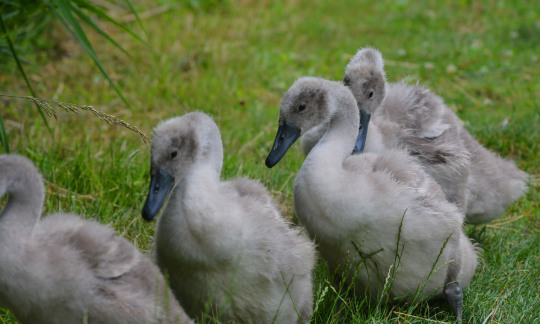

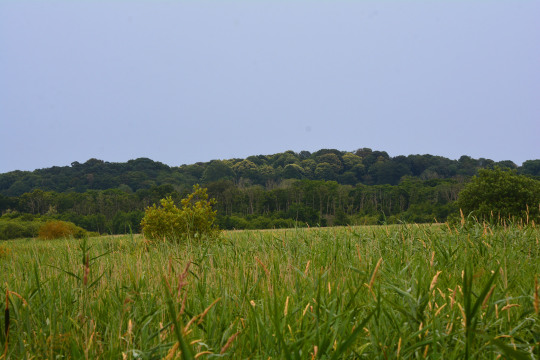
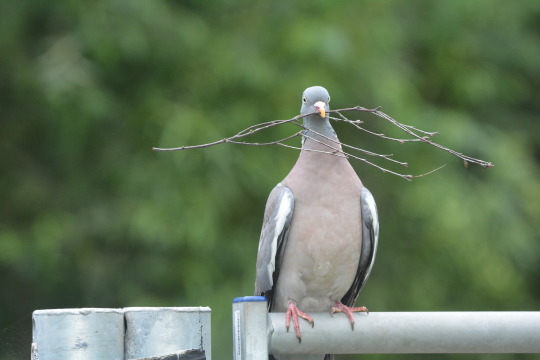

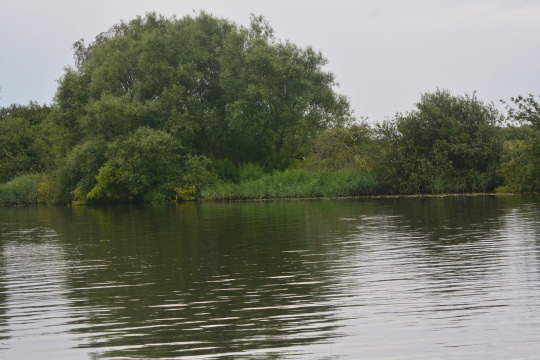


09/07/2023-RSPB Strumpshaw Fen
Pictures taken in this set: 1. A lovely Grey Heron, a key bird of the weekend trip. 2. The majestic Marsh Harrier we so enjoyed seeing from a hide, seeing others well on the walk round. They are such beautiful and striking birds, one I do really love seeing and I've had a fantastic year for them so far. 3. Follow the leader: Mute Swan cygnets. 4. Delicate meadowsweet and great willowherb. 5, 7, 8, 9 and 10. Views at this picturesque Fen reserve including of the expansive and lovely River Yare. 6. A Woodpigeon with a twig in its mouth on a gate which was a feel good and quirky image to take away from the day.
It really was a brilliant walk round this rich reserve, with seeing my first ever Norfolk Hawkers - exquisite emerald eyed dragonflies dashing around stream and vegetation - the key moments from the day. I feel so lucky we saw them. Brown Hawker, Black-tailed Skimmer, Emperor, possible Southern Hawker and Common Blue Damselfly, Banded Demoiselle and darter were other great dragon and damselflies to see. Comma, Red Admiral white butterflies including Small White and Green-veined White I believe, Large Skipper, Silver Y moth, Kestrel, Sedge Warbler, Jay, Swift, Common Tern, Great Crested Grebe and chicks which was good to see somewhere different to Lakeside, Little Grebe, Mallard and ducklings, Great White Egret a very key bird of the weekend away, ladybird, possible ladybird larva, Common Red Soldier beetle and a marvelous Muntjac Deer shuffling over the path right at the end - a magical and euphoric moment I love seeing them - were other highlights. Other key plants of the many seen on the walk were hemp agrimony, purple and yellow loosestrife, white clover, pineappleweed, heath-spotted orchid, self-heal, herb-Robert, red campion, marsh bedstraw, hedge woundwort, thistle, bird vetch, valerian and plantain.
#photography#nature#uk#england#happy#world#norfolk#east anglia#fens#strumpshaw fen#rspb strumshaw fen#common red soldier beetle#muntjac deer#photos#hampshire#flowers#birdwatching#birds#purple loosestrife#yellow loosestrife#norfolk hawker#brown hawker#great white egret#grey heron#common tern#great crested grebe#walk#hedge woundwort#europe#2023
11 notes
·
View notes
Text
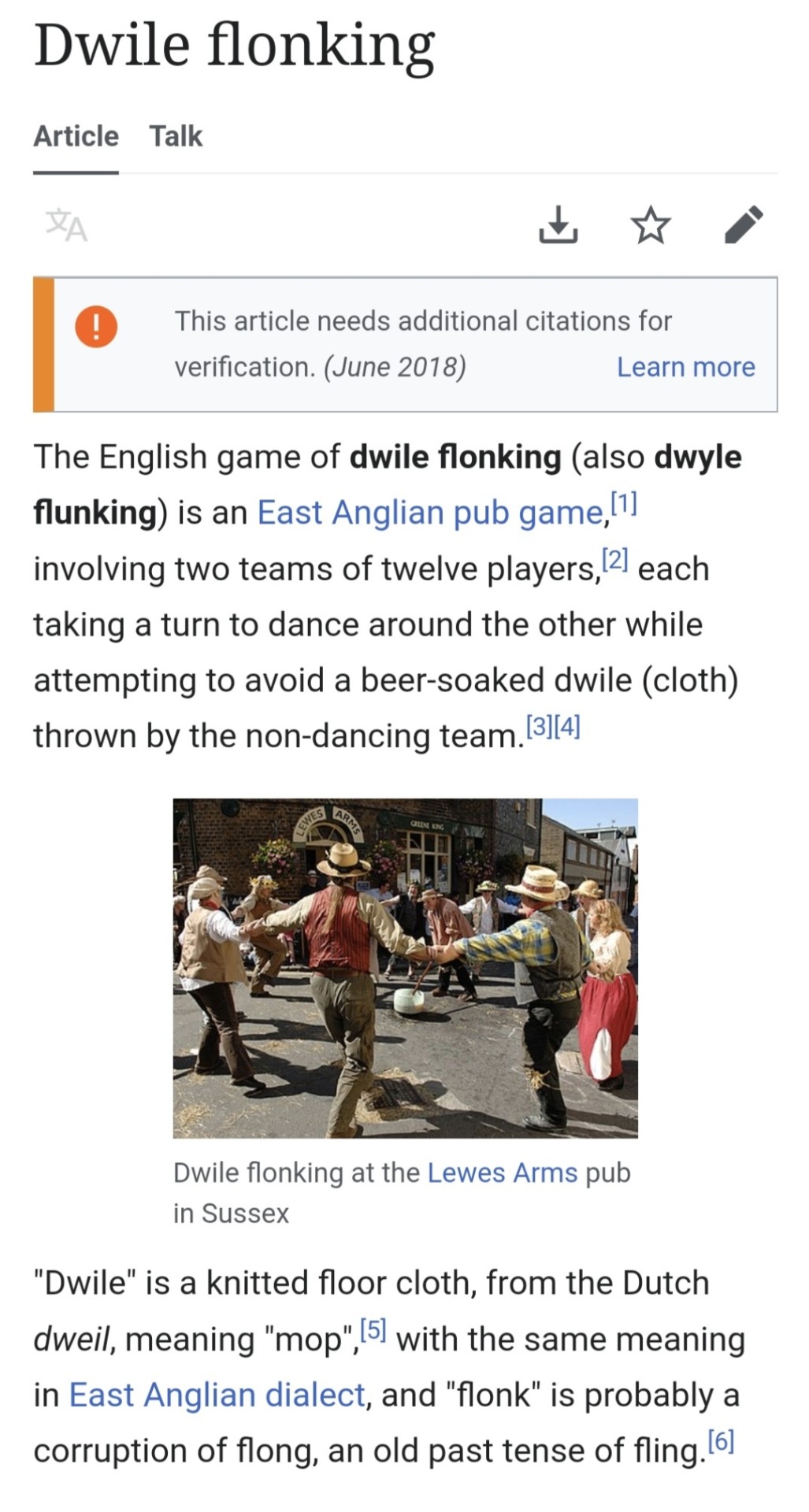

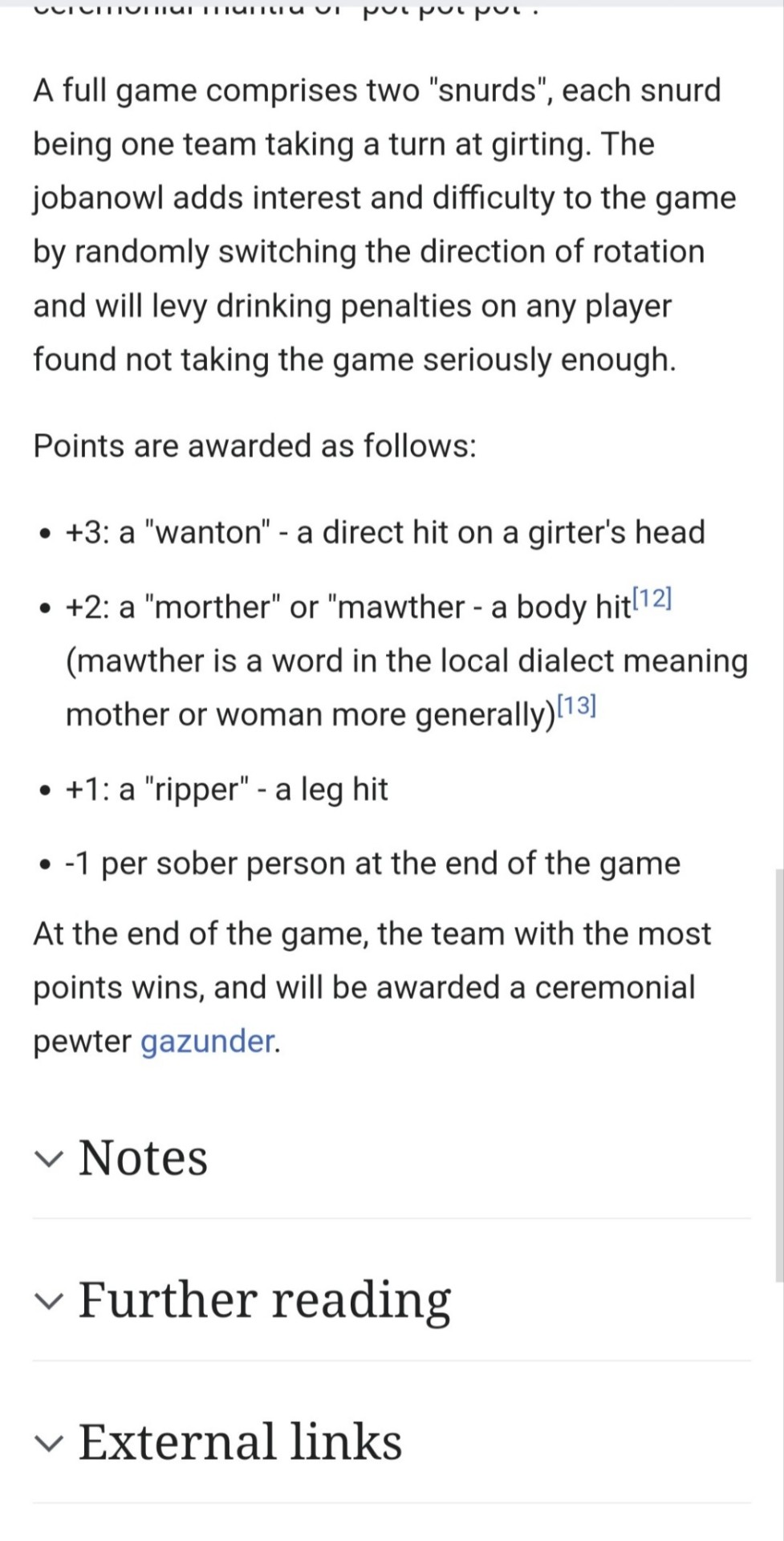
England is not a real place
#dwile flonking#england#east anglia#norfolk#possibly made up in the 1960s for shits&gigs but also... Norfolk
2 notes
·
View notes
Text
In East Anglia and the town of Oxford, about one in every seven landowners was a woman, and 14 per cent of the tenants on royal lands were named as women.
"Normal Women: 900 Years of Making History" - Philippa Gregory
#book quote#normal women#philippa gregory#nonfiction#east anglia#oxford#women#land ownership#royal lands#tenants
2 notes
·
View notes
Text
Hailed an internationally important find, a stunning community archaeology project in Suffolk has unearthed a royal hall dating back 1,400 years and is set to rewrite the history of the Kingdom of East Anglia.
52 notes
·
View notes
Video
Ring-necked Pheasant Norfolk Woodland Walk.. by Adam Swaine
Via Flickr:
Ring-necked Pheasant Phasianus colchicus..Because they live in tall vegetation and old fields, Ring-necked Pheasants can be hard to see even in places where they’re numerous. Keep an eye out for them running between patches of cover as you travel through agricultural areas—particularly along dirt roads where the birds often forage in weedy areas. Winter is a good time to look for Ring-necked Pheasants, when vegetation is at a minimum, crops have been harvested, and some areas have a snowy backdrop for the birds to stand out against. In spring and summer, listen and watch for males performing their calling and wing-flapping display in open areas
#norfolk#NORTH NORFOLK#woodland#woodland floor#pheasant#Birds#Bird#wildlife#england#english#english birds#britain#british#british birds#nature watcher#natures finest#nature#nature lovers#nature reserve#walks#Adam Swaine#fuji#2024#animals#seasons#uk#uk counties#counties#countryside#EAST ANGLIA
19 notes
·
View notes
Text

Punting down the River Cam past the Bridge of Sighs in Cambridge
#Bridge of Sighs#St John's College#Cambridge#punting#UK#English universities#The Backs#idyllic#boating#River Cam#East Anglia#Cambridgeshire#Gothic architecture#classical
101 notes
·
View notes
Text
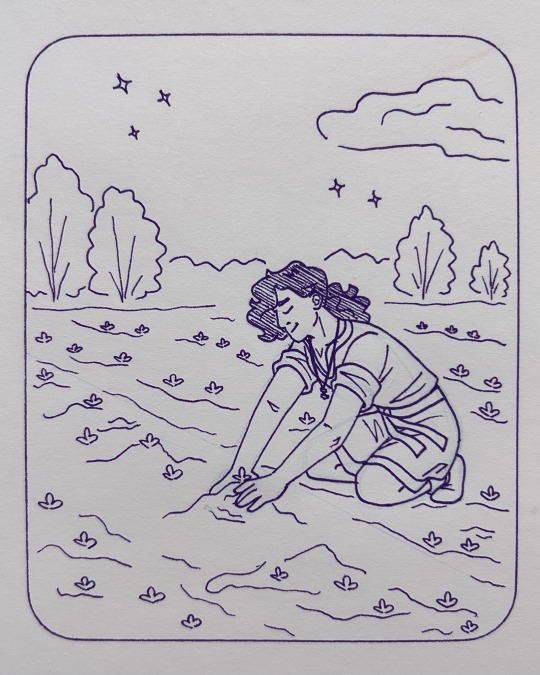
Day 24: Earth - Kori Askason, another oc of mine, this time a Dane from East Anglia <3
#jenstober23#oc: kori askason#oc tag#oc art#history oc#original character#history art#traditional art#medieval england#11th century#east anglia#twttwba#scandinavian tag#inktober#inktober 2023#drawtober#drawtober 2023#artober#artober 2023#witchtober#witchtober 2023#earth#day 24
4 notes
·
View notes
